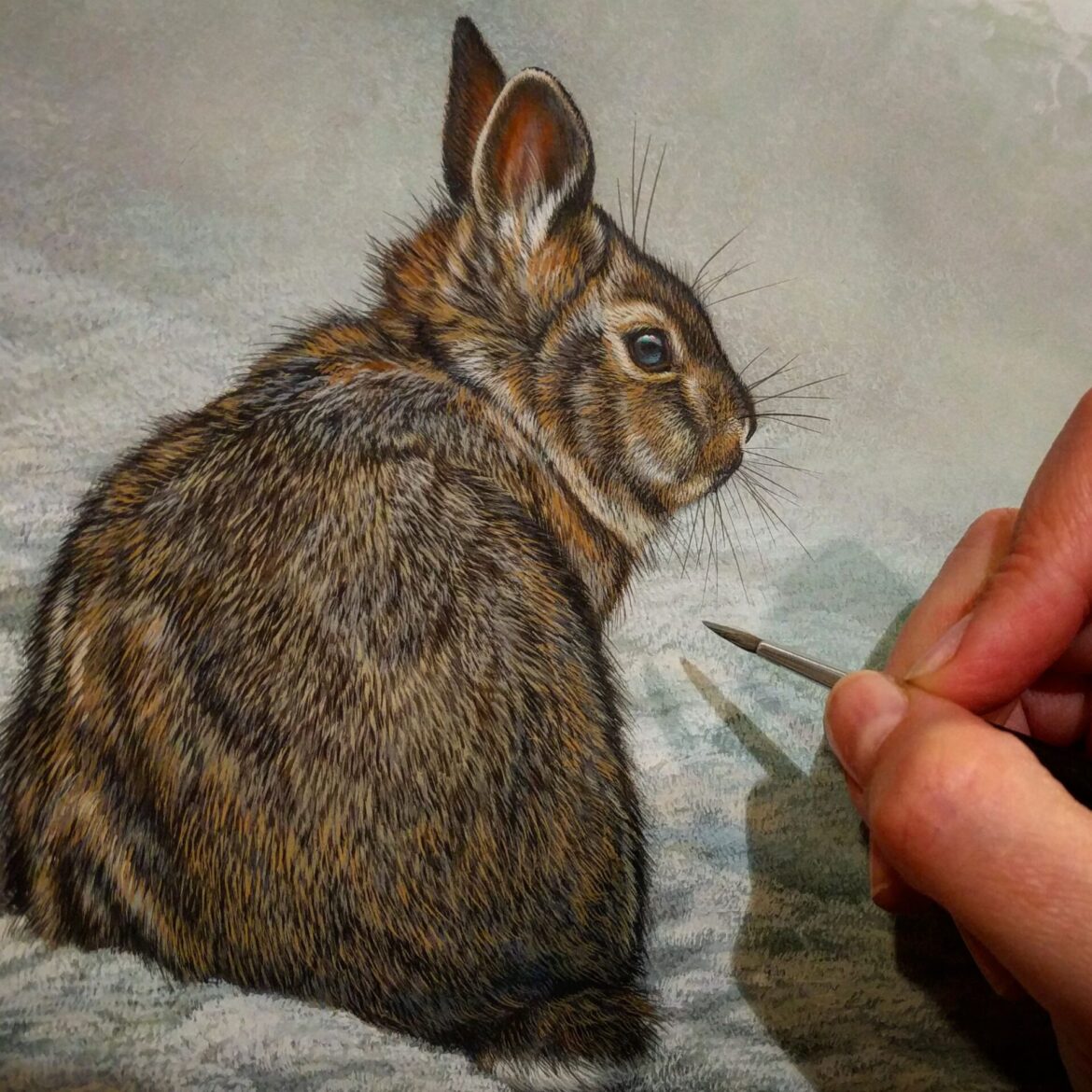As the seasons shift and the first frost settles across the landscape, wildlife begins its quiet transformation. The arrival of winter brings changes both subtle and dramatic—thicker coats, altered behaviors, and a landscape that softens under layers of snow. For an artist, capturing this transition is an opportunity to explore texture, light, and the quiet resilience of nature.
Observing Wildlife’s Winter Adaptations
Animals prepare for winter in different ways. Some, like deer and foxes, grow thicker, more insulated fur, their coats deepening in color to blend with the muted tones of the season. Others, like birds, adjust their feeding habits, gathering in flocks or seeking shelter in dense foliage.
The landscape itself plays a role in these adaptations. Snow-covered ground reflects light differently, creating a cool, diffused glow that softens shadows and highlights. The crisp air lends a stillness to the environment, making every movement—whether the flick of a rabbit’s ear or the slow tread of a wolf—feel deliberate and measured.
Painting the Essence of Winter
Capturing winter’s arrival in watercolor requires a delicate balance of softness and precision. The layering of cool tones—blues, grays, and muted whites—helps convey the chill of the season, while subtle warm hues in fur or feathers add contrast and life.
One of the most rewarding aspects of painting winter wildlife is the interaction between subject and environment. A lone wolf against a snowy backdrop, a rabbit nestled in frost-covered grass, or a bird perched on an icy branch—all tell a story of survival, adaptation, and the quiet beauty of the season.
Winter’s arrival is not just a change in temperature—it is a transformation of the natural world, a shift in rhythm and resilience. Through painting, I strive to capture not just the visual elements of the season, but the feeling of winter itself—the crisp air, the hushed landscape, and the quiet strength of the creatures that call it home.
